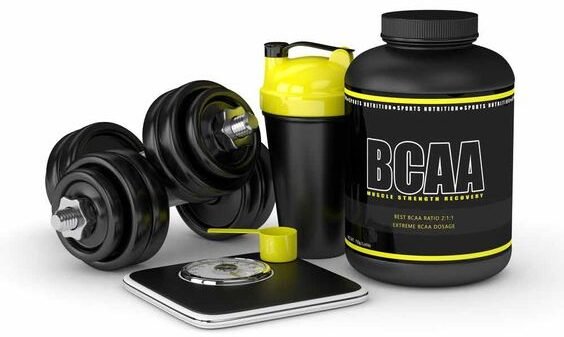Food safety is of utmost importance in the food industry. Whether you own a restaurant, catering service, food truck, or any other food business, ensuring the safety and well-being of your customers should be a top priority.
Not only do proper food safety practices protect consumers from foodborne illnesses, but it also builds trust, enhance your reputation, and foster customer loyalty. From maintaining proper hygiene to practicing safe food handling, there are many essential guidelines to help you create a safe and sanitary environment.
Read on to find these effective guidelines.
1. Emphasize Personal Hygiene
Proper personal hygiene is the foundation of food safety. Train your staff on the importance of handwashing, wearing clean uniforms or aprons, and using gloves and hairnets when necessary. Implement strict policies to ensure that employees stay home when sick to prevent the spread of illnesses.
By prioritizing personal hygiene, you reduce the risk of contamination and maintain a safe food-handling environment.
2. Ensure Proper Food Storage
Appropriate storage practices are vital to prevent foodborne illnesses. Establish strict procedures for receiving, inspecting, and storing food items. Maintain separate storage areas for raw and cooked foods to avoid cross-contamination.
Regularly check expiration dates, rotate stock, and store perishable items at the correct temperatures. By adhering to proper food storage protocols, you preserve the freshness and integrity of ingredients, minimizing the risk of foodborne pathogens.
You can also avail the services of commercial refrigeration to keep your food protected and safely stored.
3. Practice Safe Food Handling
Safe food handling is crucial to prevent contamination throughout the food preparation process. Train your staff on proper techniques for cleaning fruits, vegetables, and utensils. Ensure that all cooking equipment is cleaned and sanitized regularly. Implement temperature controls during cooking, cooling, and reheating to prevent bacterial growth.
By following safe food handling practices, you minimize the risk of foodborne illnesses and promote the delivery of safe, high-quality food to your customers. This will also increase your trust among customers, and you will be able to build your effective brand image.
4. Implement a Hazard Analysis Plan
A hazard analysis plan is a systematic approach to food safety that identifies potential hazards and establishes critical control points to prevent or eliminate them. Implementing a hazard plan demonstrates your commitment to food safety and ensures that all processes are monitored, from ingredient sourcing to final product delivery.
It allows you to proactively identify and address potential risks, preventing foodborne hazards and enhancing the safety of your food products.
5. Conduct Regular Inspections and Training
Regular inspections and staff training are essential to maintaining high food safety standards. Therefore, it is advised to conduct routine inspections of your premises to identify any potential issues or areas for improvement. Address these issues promptly to ensure compliance with food safety regulations.
Additionally, provide ongoing training to your staff, educating them on updated food safety practices and procedures. By staying vigilant and proactive, you create a culture of food safety excellence within your business and provide your customers with the best quality food in the town.





























































